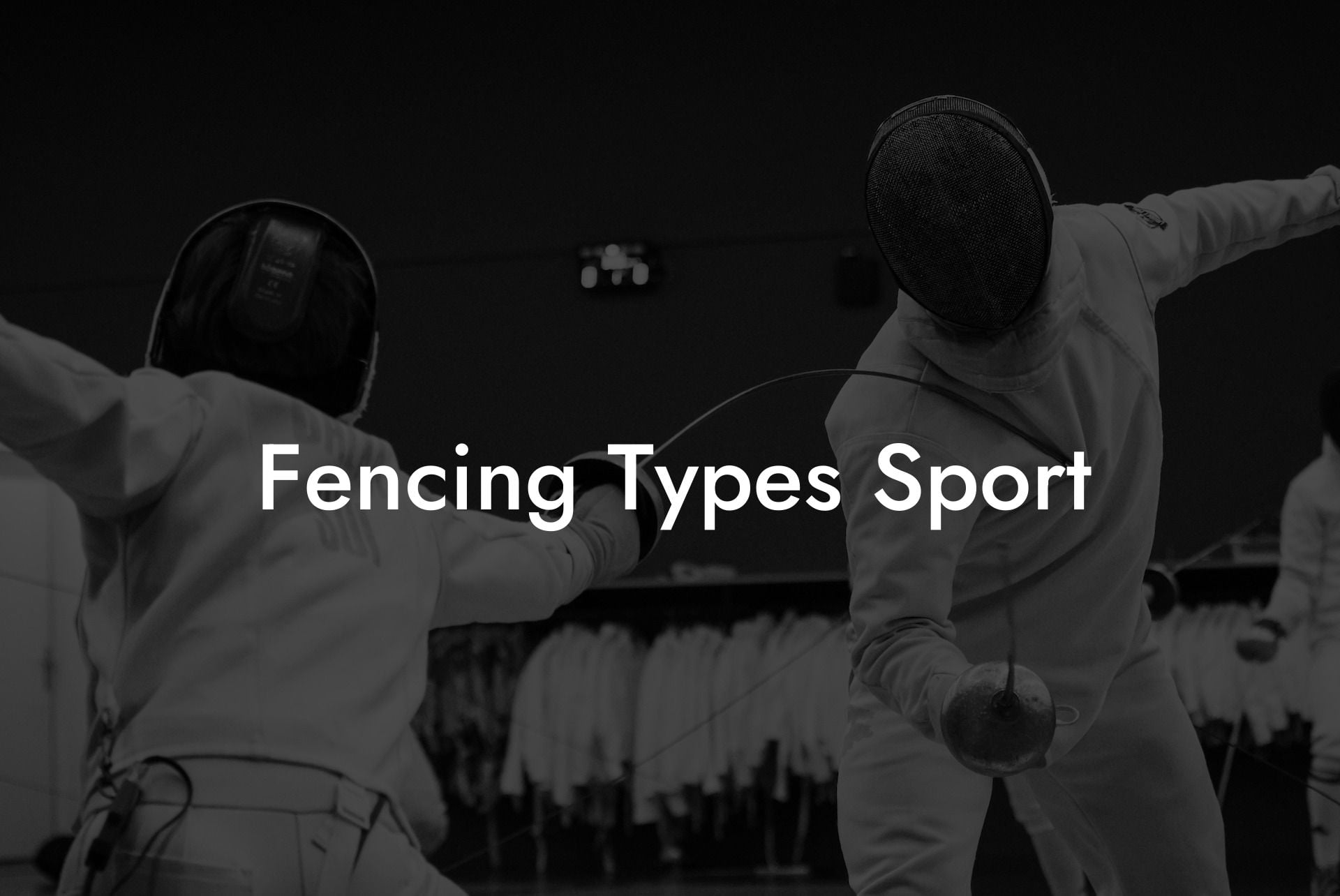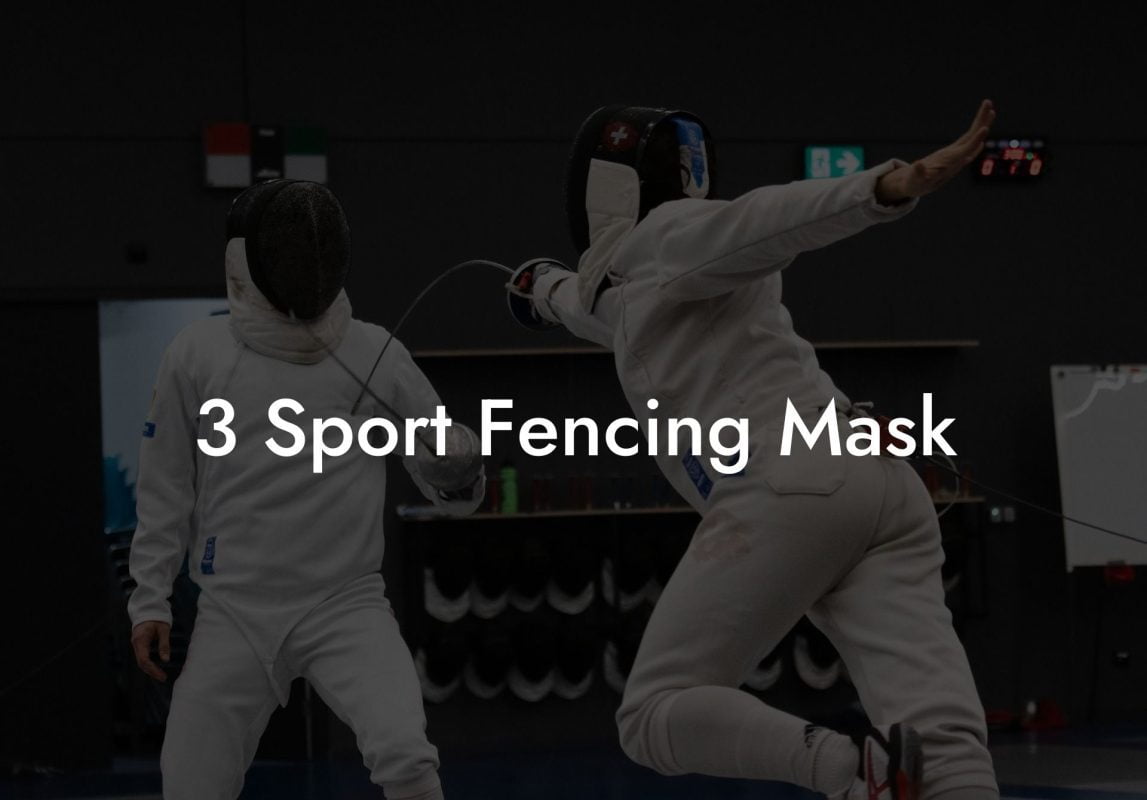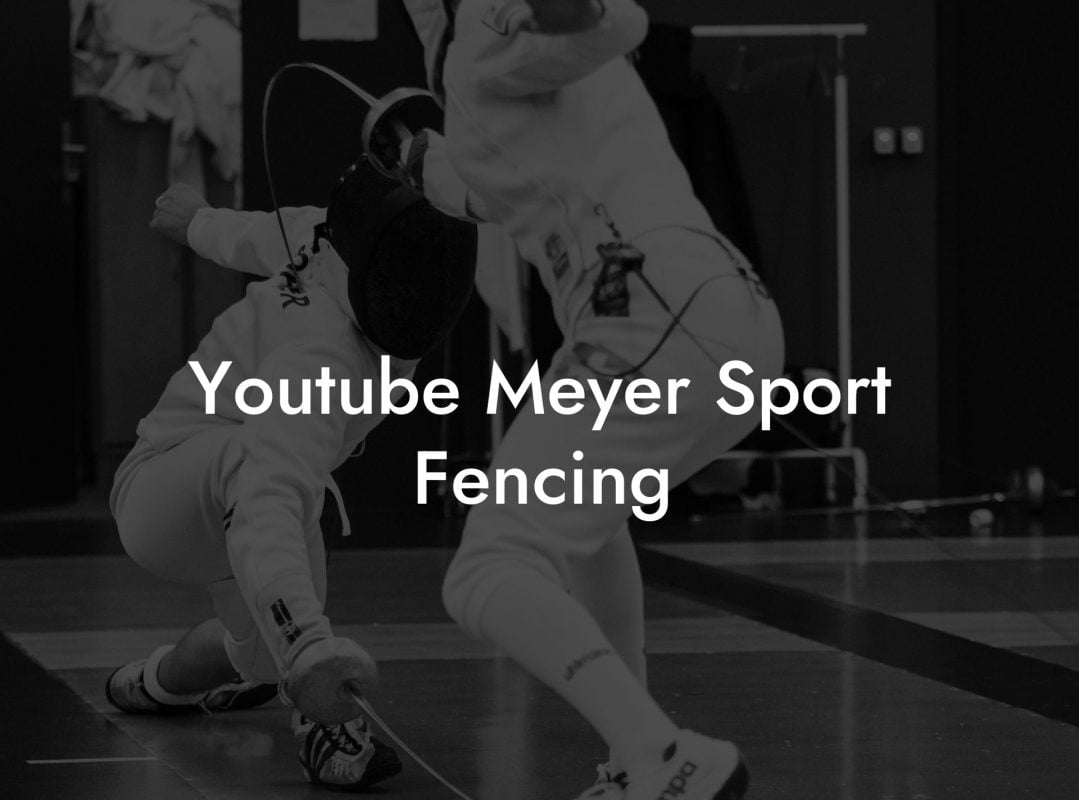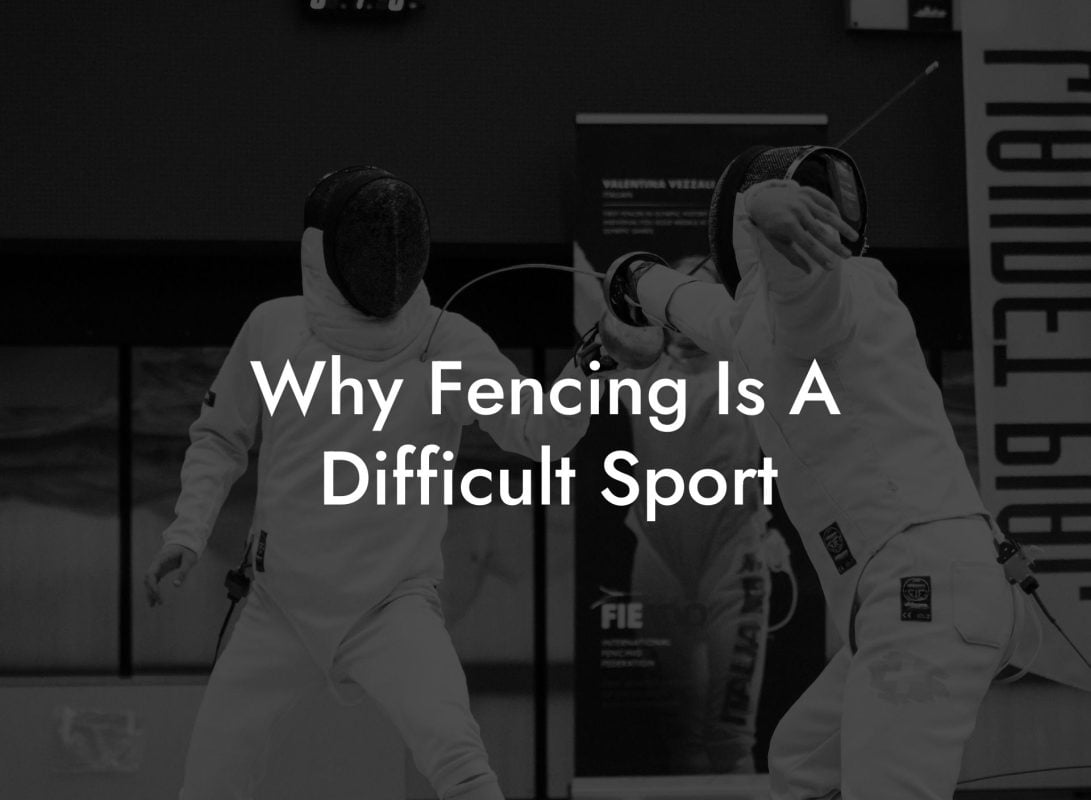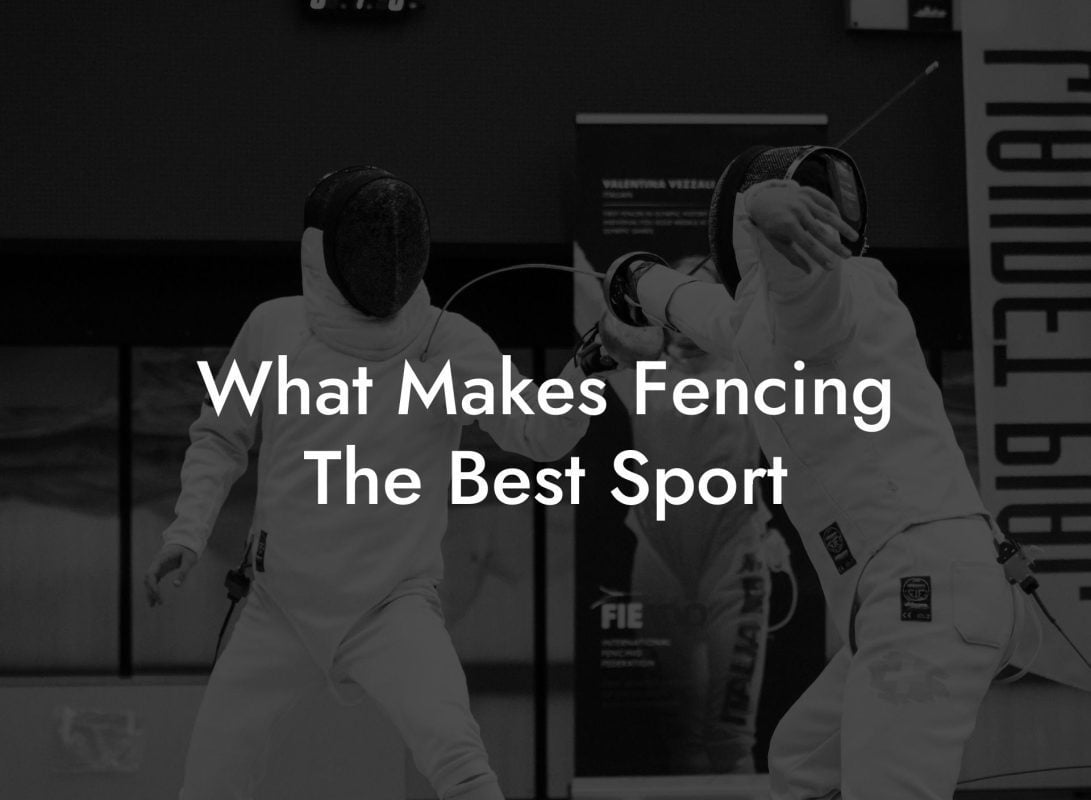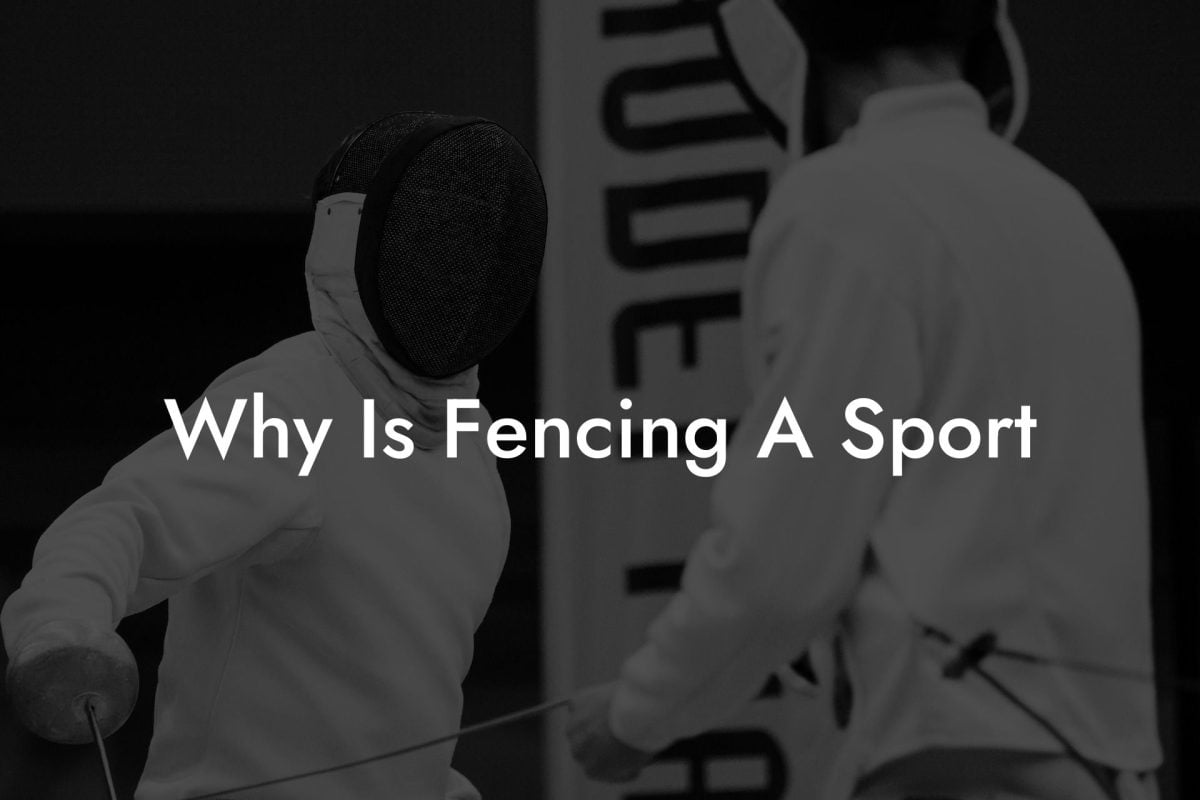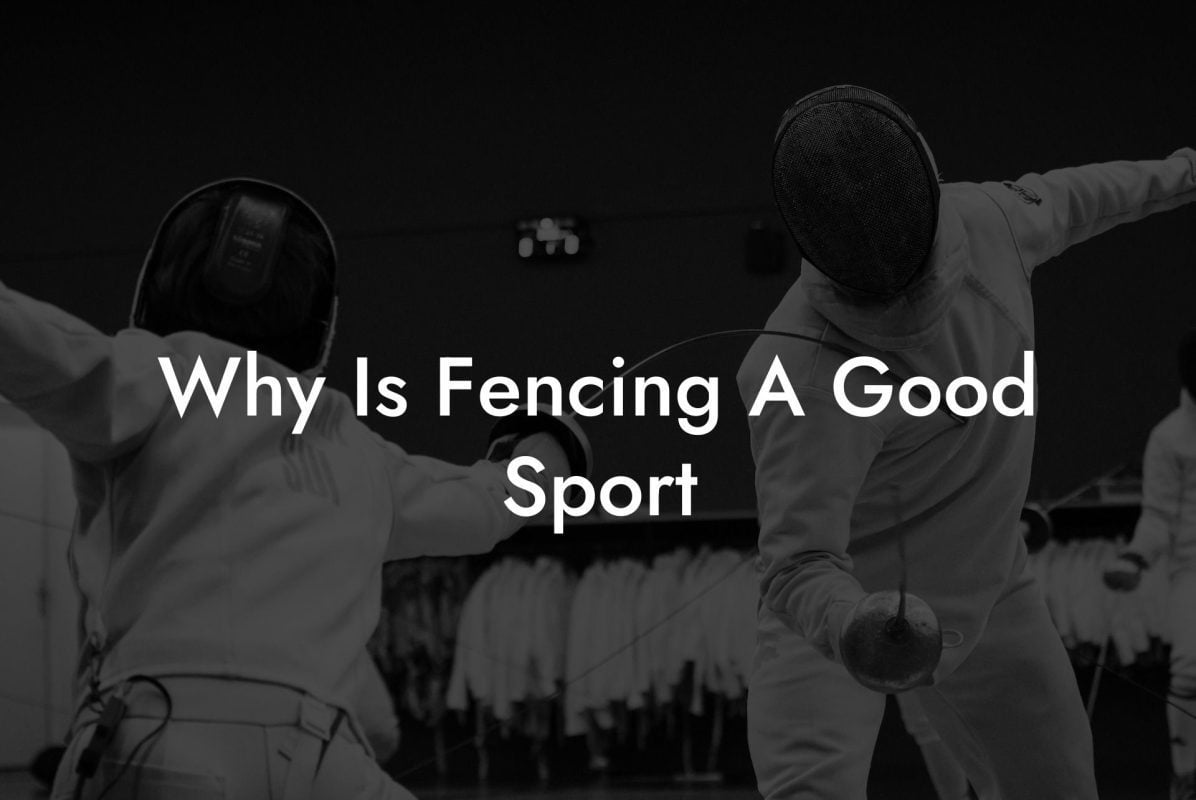Do you want to learn about the exciting world of fencing, but don't know where to start? Fear not! Anchorage Fencing Club is here to guide you with in-depth knowledge about the fencing types present in the sport. In this article, we'll dive into the fascinating history and unique characteristics of each fencing style, helping you discover which one suits you best.
Fencing Types Sport Table of Contents
Three Main Types of Fencing
There are three main types of fencing, each with its own distinct weapon and unique rules. They are:
- Foil
- Epee
- Sabre
Foil Fencing
History and Development
Foil fencing evolved from the French small sword, a light and elegant weapon used by noblemen for self-defense and dueling in the 18th century. Early fencing masters adapted the small sword for practice and training by adding a blunt point and protective guard, transforming it into the modern foil.
Weapon and Gear
The foil is a light and flexible weapon, with a tapered blade that curves slightly at the tip. The protective guard, called a bell, covers the fencer's hand, and the grip can be either a traditional French grip or the more modern pistol grip. Along with the foil, fencers wear a metallic vest, called a lamé, and an electronic mask to register hits during a bout.
Rules and Scoring
Foil fencing employs the "right-of-way" rule, meaning a fencer must establish priority by initiating an attack before the opponent can score. Hits are scored only with the tip of the blade, and the target area is restricted to the torso. Bouts are played to 15 points or until the time limit is reached.
Epee Fencing
History and Development
Epee fencing has its roots in the European rapier, an edged sword with a lengthy, slender blade. The rapier was historically used for thrusting attacks during duels, prompting fencing masters to develop a version with a blunt point for practice. Epee fencing emerged as a distinct style in the 19th century, characterized by its lack of "right-of-way" rules and larger target area.
Weapon and Gear
The epee is similar to the foil in its construction, but features a stiffer and heavier blade. The bell guard is larger, providing more hand protection, and the tip is spring-loaded to register valid hits. Fencers wear no lamé in epee, as the target area encompasses the entire body, from head to toe.
Rules and Scoring
One of the defining aspects of epee fencing is the absence of "right-of-way" rules. If both fencers score a hit simultaneously, both receive a point. Consequently, epee bouts rely heavily on timing, precision, and strategy. As in foil, hits are scored with the tip of the blade, and bouts are played to 15 points or until the time limit is reached.
Sabre Fencing
History and Development
Sabre fencing originated from the military sabre, a versatile cutting and thrusting weapon used by cavalry soldiers. The sabre became a popular sport fencing weapon in the 19th century, evolving into a fast and dynamic style that emphasizes quick footwork and powerful slashes.
Weapon and Gear
The sabre is notable for its curved blade, which is designed for both cutting and thrusting attacks. The bell guard is curved around the hand to provide ample protection, and the grip is typically a pistol grip. Sabre fencers wear a lamé that extends from the waist to the top of the head, as well as a conductive mask and glove to register hits.
Rules and Scoring
Sabre fencing also follows the "right-of-way" rule but differs significantly in its allowable techniques. Fencers can score using the edge or tip of the blade, making both cutting and thrusting actions valid. The target area is limited to the torso, arms, and head, excluding the hands. Bouts are played to 15 points or until the time limit is reached.
Fencing Types Sport Example:
[Insert an HTML formatted example of a real-life fencing bout, providing a description of the actions of two fencers in a demonstration or competition.]
Now that you've got a taste of the captivating and diverse world of fencing, we hope you feel inspired to explore further into this beautiful sport. Whether you're drawn to the finesse of foil, the strategy of epee, or the intensity of sabre, Anchorage Fencing Club has a wealth of knowledge and guidance to offer.
Share this article with your friends and fellow fencing enthusiasts, and be sure to peruse our other comprehensive guides on fencing techniques, equipment, and training tips. Let Anchorage Fencing Club be your one-stop-shop for all things fencing, and embark on an exhilarating journey in the world of this timeless sport!

